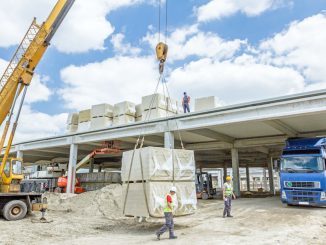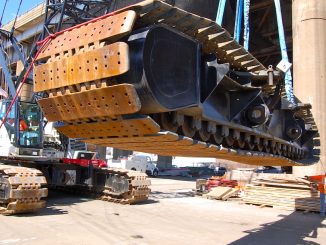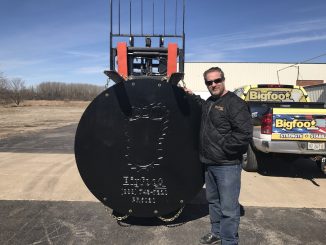View the complete article here.
What good is a crane without a lifting plan?
As any equipment operator knows, there’s a lot more to lifting operations. Every company should have a documented lifting plan. First, let’s talk about why a lifting plan is needed.
What Factors Impact Any Lift
In general, there are five factors that affect any lift operation:
The machine. The equipment selected for the lift must be appropriate for the job. This includes the crane itself and all the attachments that are needed to complete the lift.
The material. All the details about the load to be lifted should be known.
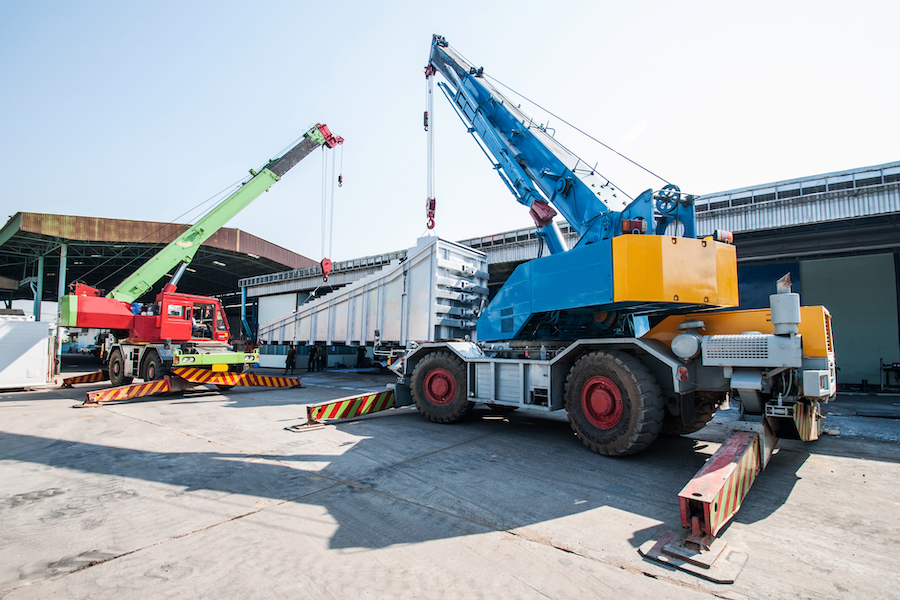
The environment. The area in which the lift will take place.
The workers. The workers performing the lift must be competent and understand their responsibilities before, during, and after the lift.
The method. The specific procedures that will be followed to perform the lift based on the machine, the material, and the environment. The method should always consider worker safety.
Machine
Lifting Equipment Size
The equipment selected must be able to handle the weight and dimensions of a load within the constraints of the environment. When handling loads of varying materials, the machine must be able to lift the largest load (by weight and volume).
Equipment Maintenance
Equipment must be inspected before each lift. Regular maintenance should be performed. Load-bearing parts require particular attention.
Wire ropes
Be sure to select the correct wire rope for the lift. Inspect and repair (or replace) wire ropes before the lift to prevent any risk of their snapping during operation.
Braking mechanism
Lifting and suspending a load is largely dependent on the quality of the brakes that are connected to the hoisting equipment. A load in free fall can do a lot of damage.
Safety devices
Ensure that safety devices on the equipment – such as limit switches – are in working order. They should never be disabled for convenience or expediency. An important aspect of safety equipment is its ability to stop the machine in unsafe conditions.
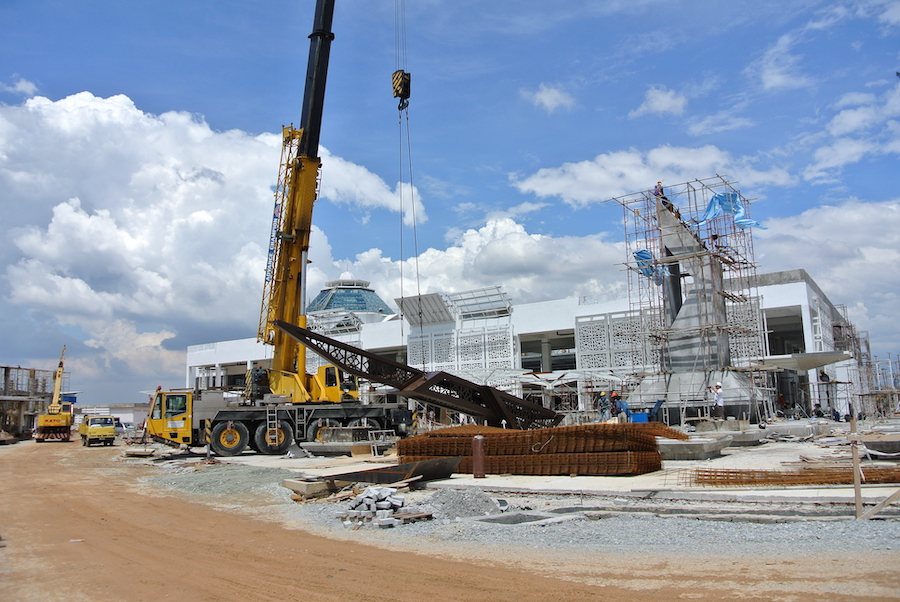
Material
Details of the material to be lifted must be understood to select the right equipment.
Weight
You must accurately calculate the weight of the load. If it’s an item assembled onsite, the weight of each item should be included in the total weight. This is usually found on the engineering documents. The weight of items like concrete are calculated from the volume and density. It is advisable to increase the estimated load (for example when picking up debris on the site) as a safety buffer.
Center of Gravity (CG)
The center of gravity (CG) must be maintained directly beneath the hook. This will reduce the risk of nearby personnel getting struck by a swinging load. If you are not sure of the CG, consult an engineer prior to the lift.
Rigging Method
The rigging method used must keep the load stable throughout the lift. Loose items should be secured with a safety net or metal cage.
Environment
Restrictions such as low overhead or a tight radius can impact the equipment selection. Other environmental issues like power lines and ground stability require safety planning in advance of the lift. Weather conditions can also impact the lift.
Obstacles
In addition to power lines, other potential obstacles include buildings, bridges, underground utilities, etc. The lifting plan should address specifically how to avoid damaging these obstacles during the lift.
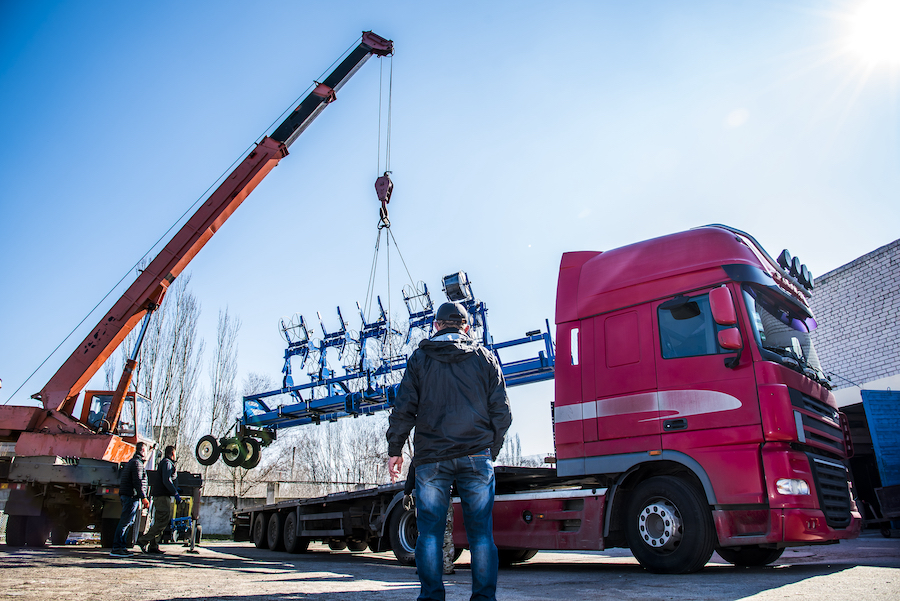
Lighting
Sufficient light – especially during night lifts – are critical. All workers involved in the lift must be able to clearly see the load during the entire lift operation.
Operation Zone
The area where the lift will take place must be clearly marked. This keeps others on the site from unintentionally entering the area during the lift. In general, anyone not involved in the lift operation should not be in the operation zone.
Weather
The weather – particularly wind speed – will impact the lift. Consult the equipment manual to determine the maximum wind speed limit the equipment can handle. If the weather worsens and creates conditions not planned for, stop the lift.
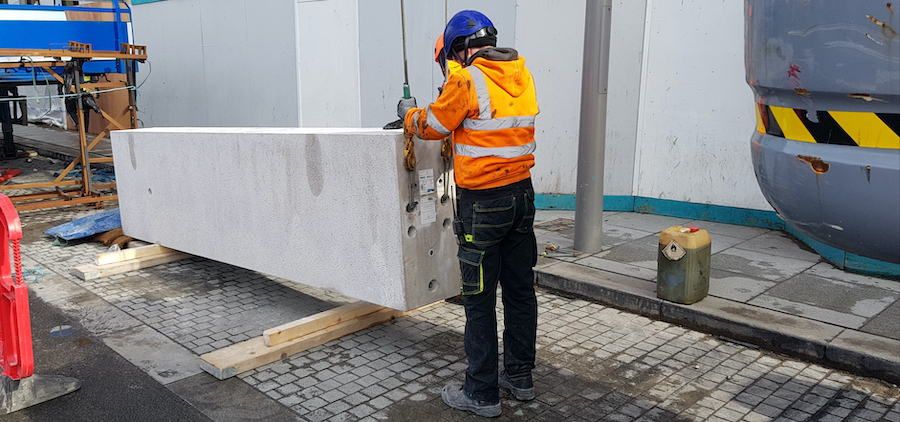
Workers
Fitness
Every lift team member must be properly trained. They should be able to communicate the specifics of the lift and all safety procedures. Keep in mind that a trained worker can be temporarily deemed incompetent to perform a lift due to medical conditions or having worked beyond a reasonable number of hours. When in doubt, select another worker or delay the lift.
Responsibilities
Each worker should understand their role in and responsibilities for the lift. A point person, usually a supervisor, should be in charge of communicating the plan. Any team member should be able to stop the lift if conditions become unsafe.
Communications
The team should have a way of communicating throughout the lift operation. This may be a walkie-talkie or hand signals. The communication method should be tested prior to the lift.
Method
The specific method used for the lift will be determined based on the other factors (machine, material, environment, and workers) as well as the safety procedures.
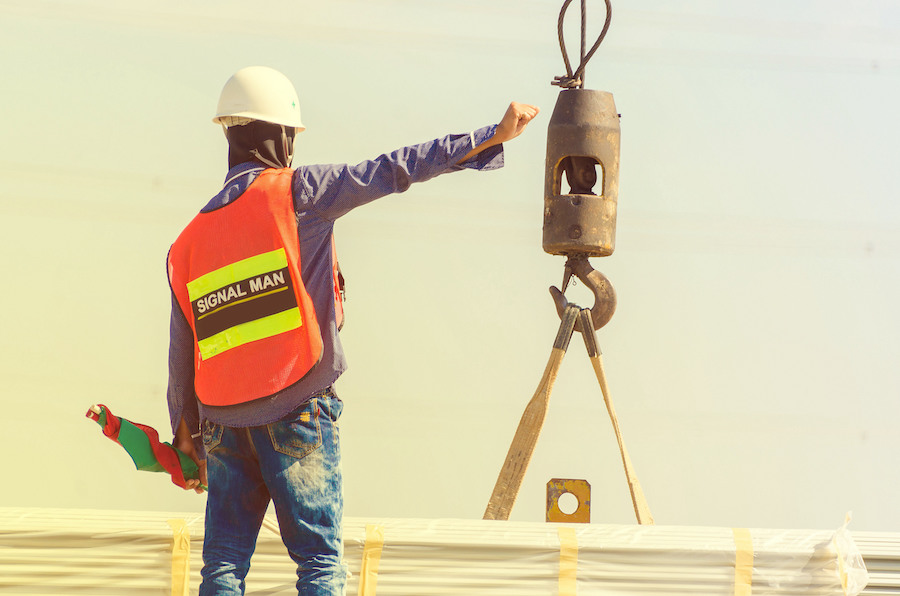
Risk Assessment
There are three overall phases to risk assessment of the lift. When the risks or understood, mitigation plans can be created. This includes emergency procedures to implement should an accident and/or injury occur.
Hazard Identification. Identify any hazards that can result in an accident.
Risk Evaluation. Evaluate how likely it is that a particular accident will take place and the types and severity of resulting injuries and damage.
Risk Mitigation. Determine steps that can be taken to reduce the likelihood of the types of accidents identified in the risk evaluation. This can include safety procedures, additional equipment, and specially trained workers.
Conclusion
There are many considerations in the implementation of a lift. Planning is key and should include machine selection, details of the load, and restrictions of the lifting area. Workers should understand their role and responsibilities prior to the lift. Of course, all workers should be properly trained in the planned lifting method as well as safety procedures. In our next article, we will discuss how to develop a lifting plan.
View the complete article here.
Why is a lifting plan essential for crane operations?
A lifting plan is crucial for crane operations as it considers factors like machine selection, material details, environment, workers, and methods to ensure safe and effective lifts.
What are the key considerations for equipment maintenance in lifting operations?
Equipment maintenance involves inspecting and maintaining load-bearing parts, selecting the correct wire rope, ensuring the braking mechanism is of high quality, and verifying the functionality of safety devices like limit switches.






































